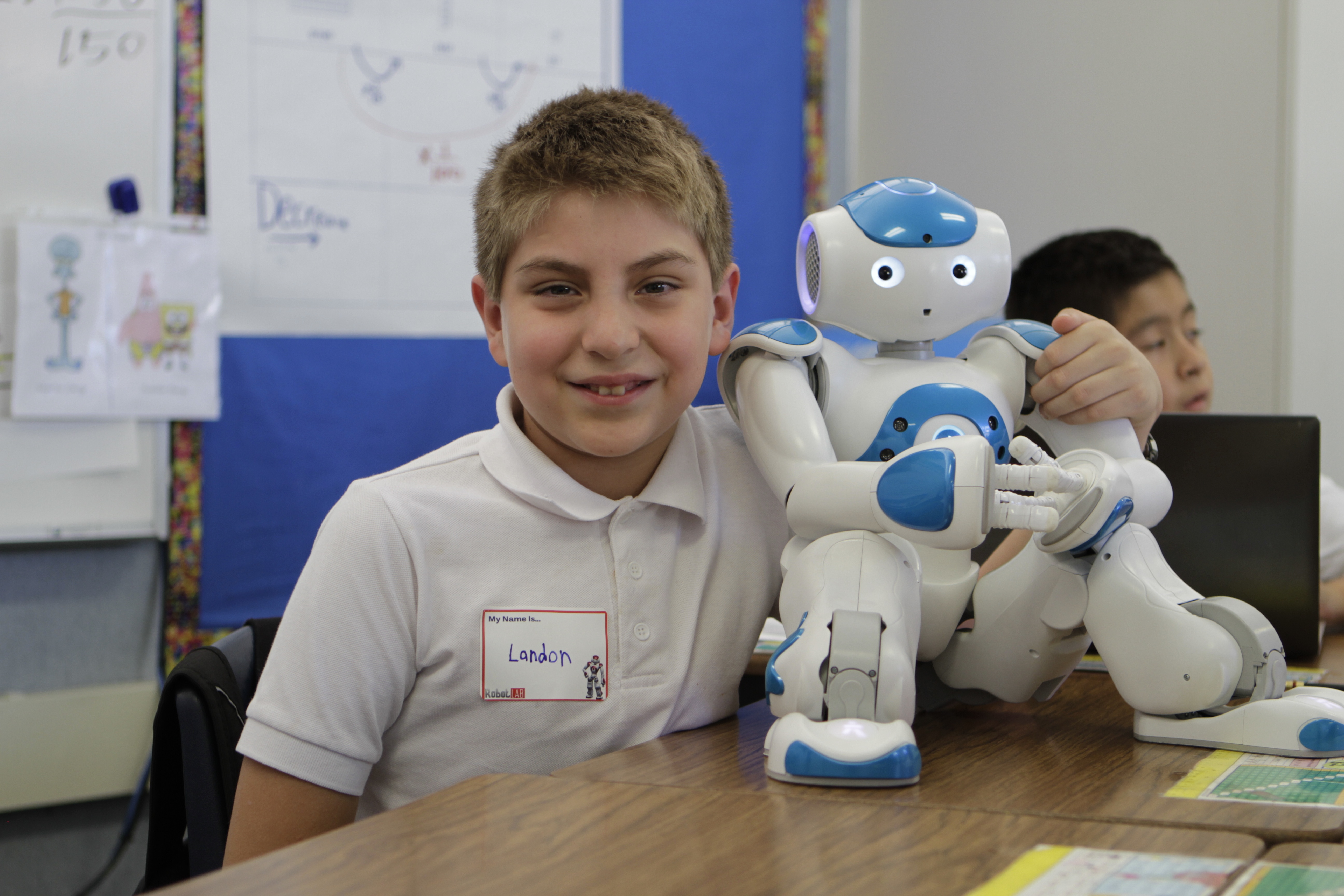
Gamification taps into the power of non-competitive play and students’ desire to improve their skills.
In the business world, gamification is used in customer loyalty programs for credit cards and memberships: Spend the money and invest time in the business’s app and products to earn discounts and status upgrades. Everyone benefits at their own pace.
In education, gamification is intended to transform traditional lessons into an enhanced learning experience where students choose to explore and practice content, earning badges and status benefits. These might seem extrinsic, but the true rewards come from the students’ internal drive to study content, gain depth of understanding, and master material that leads to badges, achievements, and status.
Success comes not from the rewards, but from how the learning journey is crafted for students to travel. Combining game mechanics with an intentional exploration of aligned content will result in students’ participating willingly.
3 KEYS TO QUALITY GAMIFICATION EXPERIENCES
1. Every student can reap the rewards of badges, achievements, and status by completing all required tasks. Gamification provides powerful experiences that are non-competitive play to facilitate learning. Students invest time in and outside the classroom to complete the challenges, such as doing extra readings, video viewings, and practice activities. The more time spent and/or content consumed can only improve the depth and breadth of students’ knowledge and skill mastery. Such investment by all students is time well spent and should be rewarded with badges and work-related status.
Limiting access to awards to just one winner or the top finishers undermines the underlying intent of gamification: all students grow content knowledge and skills through active participation. It’s more important to have as many students as a possible benefit at their own pace and build learning and self-accomplishment. Allowing only a few to earn rewards demotivates students who either believe that they cannot compete or experience frustration at having invested time toward the goal, only to fall short because someone else edged them out. When the focus is on who wins, learning by all becomes the biggest loser.
2. Gamification offers renewable status and privileges through self-directed learning. Some say that giving out rewards for doing work creates the wrong type of motivation, whereby students become more focused on the treats and prizes than on the learning. This issue is dependent on a combination of the type of work students must do and the rewards that are earned. Gamification uses badges and achievements to encourage students to complete meaningful tasks that improve their content knowledge and skill levels. The tasks must align with the curriculum expectations.
Status and privileges earned should relate to empowering student agency about their approach to learning. The following are some examples:
Study passes: Choosing where they sit or access to study in the hallway, library, or other school locations can be a powerful reward. For specific lesson activities, students earn the right to pick their work environment and choice of partner. In the latter case, they can only choose from students who have also completed this badge.
Homework passes: When students have invested additional study time into a subject, they may not need to do the additional formal practice. This pass is only good for the current unit. Or they earn the ability to complete a comprehensive study packet that covers all material to be addressed and bypass some of the standard homework.
Opting out of a test: Similar to curriculum compacting, this enables students to complete alternative work. The tasks are specifically aligned to the unit outcomes and give students a different way to show their learning. Students complete a badge where they demonstrate strong organizational and self-discipline skills.
All such badges and achievements must be renewed each marking period or semester. Once earned, these statuses are privileges that can be removed if abused. If they are lost, students may reapply by completing the tasks toward earning back the status, which demonstrates responsibility and accountability.
3. Gamification promotes goal setting and student agency. If we want students to own their learning, they need opportunities to choose the badges and achievements they want to complete. Renewable options empower students to explore which options appeal to them. There should be a series of tasks that composes the badge or achievement, including some options where they can choose the pathway that appeals to them.
For example, earning a homework pass might include readings, videos, and skill practice from which they choose from a list of what to complete. The study pass may require a written or recorded reflection about the importance of acting responsibly when in the hallway or study location outside of the classroom. The power of options empowers students to make the best choice that suits them and holds them accountable for their choices.
Gamification can have a greater impact on learning than even its cousin game-based learning. Whereas a game can have a valuable impact on one lesson activity, gamification done well is infused throughout the entire lesson and/or unit of study. It maximizes participation because everyone can win.
Gamification empowers students with the ultimate in choices when setting goals for what badges and achievements they want to complete, which leads to learners building skills for self-reliance and self-control.
Learn more about gamification with RobotLAB and EngageEDU!
Search for lesson plans for any subject, any age group, and any robot by browsing the categories below. You can use free text to search based on keywords, or even Common Core, NGSS, or TEKS standards.


